Life in the Provinces of the Philippines:
Life in the provinces of the Philippines paints a rich tapestry of history, culture, and natural beauty. It offers a tranquil counterpoint to the hustle and bustle of city life and provides a window into the soul of the Filipino people. From age-old traditions to breathtaking landscapes, provincial life captures the essence of what makes the Philippines truly unique in the heart of Southeast Asia. Whether you’re a traveler eager to explore or someone looking to reconnect with roots, the provinces beckon with their timeless charm and warm embrace.
The Philippines is rich in history, culture, and natural beauty. While its bustling cities like Manila and Cebu often attract international attention, it’s in the provinces that one can truly witness the heart and soul of Filipino life. From serene beaches to verdant rice terraces, and from vibrant festivals to century-old churches, provincial life in the Philippines offers a tapestry of experiences that are deeply rooted in tradition. In this article, we’ll explore some facets of provincial life in the Philippines, delving deep into their significance and what they represent for the Filipino people.
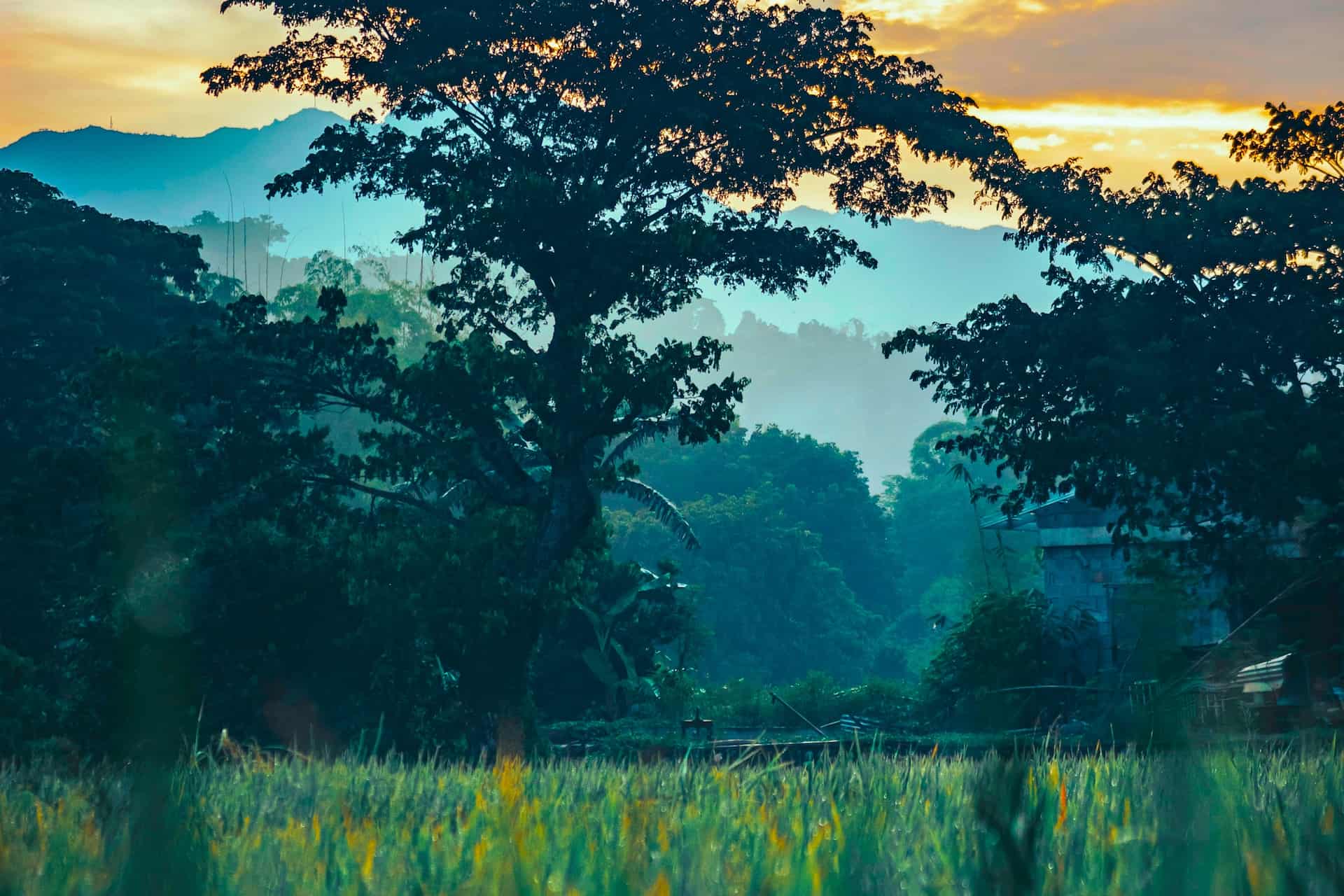
1. Traditional Houses – Bahay Kubo and Bahay na Bato
The Bahay Kubo, also known as the nipa hut, is a traditional Filipino house made primarily of bamboo and nipa palm. Representing simplicity and adaptability, this architectural wonder is designed to withstand the tropical climate of the Philippines. Raised from the ground, its structure prevents flooding, while the breezy materials used provide natural ventilation, keeping the interior cool.
The Bahay na Bato or “Stone House” is another iconic representation of provincial architecture in the Philippines. Evolving from the Bahay Kubo, this type of house incorporates hardwood and stone, signifying durability and permanence. Its design often features a spacious ground floor used for storage or commercial activities, with the living quarters above, safe from floodwaters and street-level disturbances.
2. Festivals – Pahiyas and Sinulog
The Pahiyas Festival in Lucban, Quezon, is a colorful and vibrant celebration in honor of San Isidro Labrador, the patron saint of farmers. Homes are adorned with colorful, edible decorations made from rice, fruits, and vegetables. These decorations, aside from their visual appeal, represent the bountiful harvest and the gratitude of the townspeople for a fruitful year.
On the other hand, the Sinulog Festival in Cebu celebrates the Filipino people’s conversion to Christianity and honors the Santo Niño, or the child Jesus. This event is characterized by its grand parades, flamboyant costumes, and rhythmic drumbeats that capture the blend of indigenous and Christian influences in Filipino culture.
3. Agriculture – Rice Terraces and Carabao Farming
The Banaue Rice Terraces in Ifugao is a breathtaking testament to the ingenuity and perseverance of the Ifugao people. These terraces, carved into mountains over 2,000 years ago, are still used for rice cultivation today. Beyond their agricultural use, they symbolize harmony between man and nature and the community’s collective effort.
Carabao farming, meanwhile, highlights the symbiotic relationship between Filipinos and their trusted draft animals. The carabao, a water buffalo native to the Philippines, assists farmers in tilling the land. More than just a farming tool, the carabao is considered a family member, showcasing the Filipinos’ deep connection with the land and its creatures.
4. Local Crafts – Weaving and Pottery
In the provinces, traditional crafts like weaving are still very much alive. Regions such as Ilocos, Mindanao, and the Visayas have distinct weaving traditions that produce textiles with intricate patterns and vibrant colors. These textiles, often handed down from generation to generation, tell tales of history, mythology, and regional identity.
Pottery, particularly in areas like Vigan and Sagada, is another craft deeply embedded in provincial culture. Artisans use time-honored techniques to create pots, jars, and various earthenware that are both functional and aesthetically pleasing. These items often find their way into daily Filipino life, holding water, cooking food, or serving as decorative pieces.
5. Nature and Landscapes – Beaches and Volcanoes
The Philippines is home to some of the world’s most pristine beaches, many of which are located in its provinces. From the white sands of Boracay to the secluded shores of Palawan, these beaches offer solace and recreation. They represent the Philippines’ natural beauty and are a testament to the country’s rich biodiversity.
Volcanoes, both active and dormant, are also a significant part of the Philippine landscape. Landmarks like Mount Mayon in Albay, known for its perfect cone shape, and Taal Volcano in Batangas, with its picturesque caldera lake, draw both admiration and respect. They’re reminders of the archipelago’s fiery geological history and the resilient spirit of those who live in their shadows.
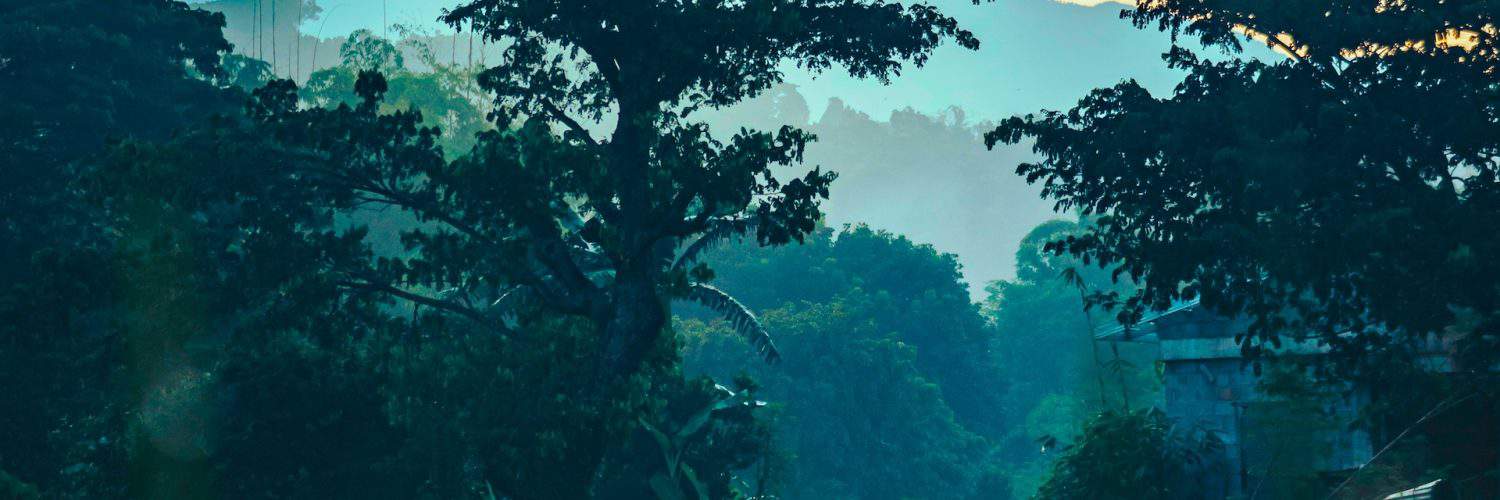
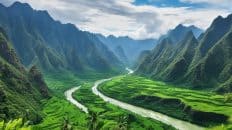
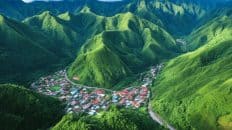
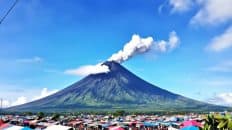













Add comment